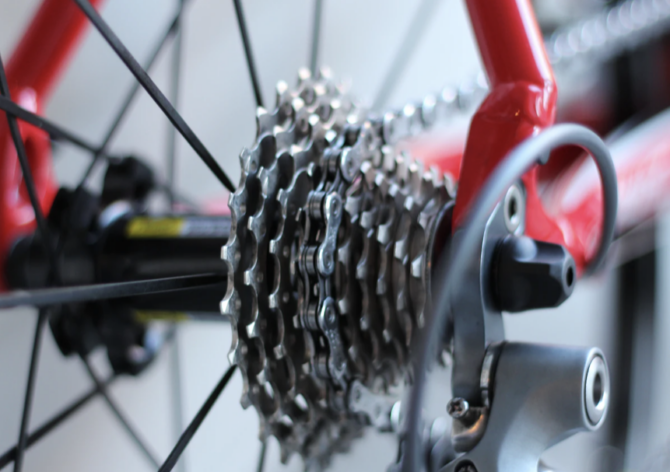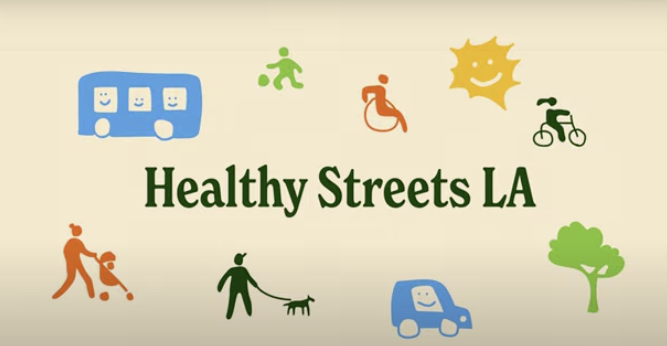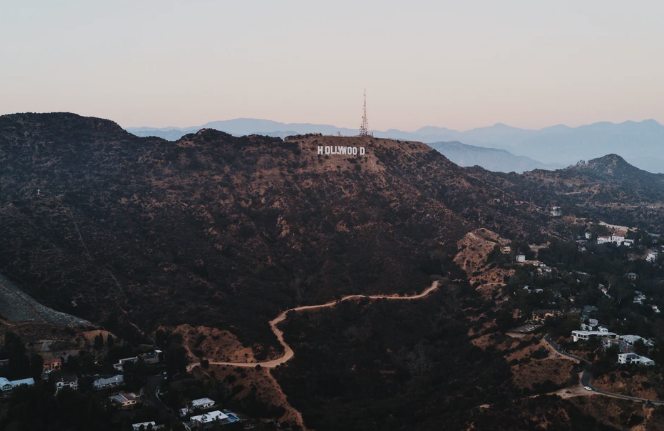It’s fair to say opinions on visiting Los Angeles are mixed.
For many, the sun-soaked city is an epicentre for creativity and glamour, thriving on diversity and opportunity. Known for its iconic palm tree-lined streets, world-famous entertainment industry and year-round sunny weather, the City of Angels offers a dynamic mix of cultures and lifestyles.
From the glamour of Hollywood to the serene beaches of Santa Monica, there is something for everyone.
On the other side of the scales, Los Angeles can be a challenging place to live. There is a perception the city is covered in a thick haze of pollution year-round, while the notorious traffic and long commutes make gridlock a daily frustration for many.
The sprawling nature of LA can make it feel disconnected, while the high cost of living, especially housing, puts immense pressure on people trying to make ends meet. Not for nothing is Los Angeles home to Skid Row, one of largest stable populations of homeless people in the United States.
Photo by Jeremy Bishop on Unsplash







